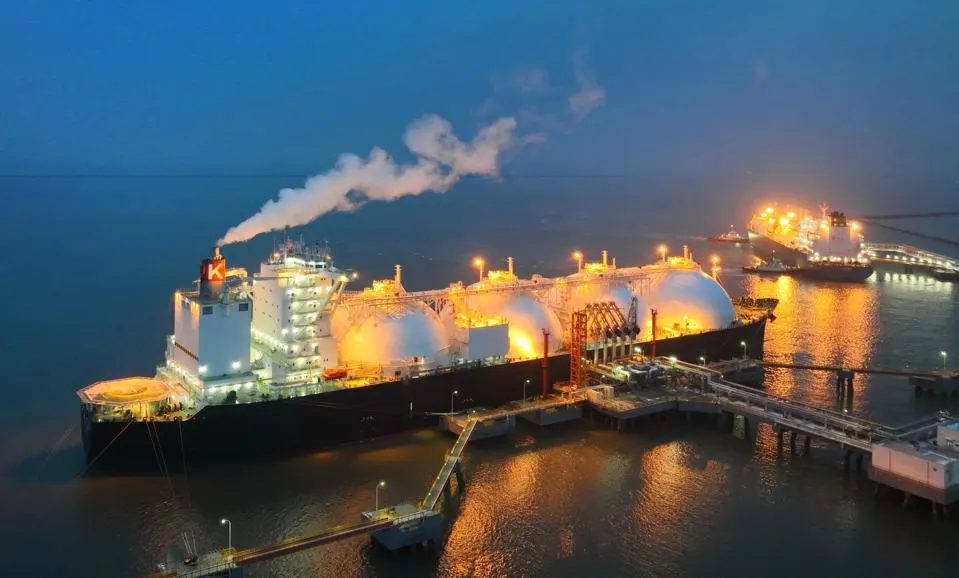The Future of LNG: A Golden Age at a Crossroads

A seismic shift is taking place in the world of liquefied natural gas (LNG), as the sector finds itself caught between booming demand for cleaner energy, geopolitics, and climate action. In January 2024, President Biden froze new permits for LNG projects, citing environmental concerns. However, with President Trump now taking office, his administration signals a return to unrestrained growth in LNG development, championing deregulation and increased fossil fuel extraction. This move is seen as part of Trump’s broader agenda to maintain the U.S.'s position as the world’s top LNG exporter and fuel the "golden age" of LNG.
LNG has experienced explosive growth over the last decade. Once a minor player in global energy markets, the United States now leads the world in LNG exports, delivering 85 million tonnes in 2023 alone. This surge is attributed to LNG’s efficiency, versatility, and its growing role as nations shift away from coal and oil. Amendments to domestic law facilitating global trade have allowed LNG exports to skyrocket, particularly after 2016. The 2022 war in Ukraine further accelerated this shift, as Europe sought alternative gas sources to reduce its dependency on Russian gas.
One key project caught in the middle of this debate is the Calcasieu Pass 2 (CP2), a major LNG export facility that is currently suspended due to Biden's freeze on new LNG permits. CP2 was slated to liquefy 20 million tonnes of natural gas annually, representing around 4% of the U.S.'s 2022 production. The delay highlights the tension between environmental priorities and the growing economic opportunities presented by the natural gas industry. Trump's promise to end the freeze could reinvigorate projects like CP2, potentially doubling the U.S. LNG export capacity by 2030 to meet a global demand of 79 billion cubic feet per day.
Global LNG trade reached 400 million tonnes in 2023, with expectations to surpass 1,000 million tonnes in 2024. This growth reflects LNG's increasing indispensability for power generation and industrial applications. China, Japan, South Korea, and India are the leading importers, with European markets also relying heavily on LNG. China’s imports, for example, surged 13% year-over-year in 2024, driven by cheap LNG-powered trucks and stricter emissions standards.
However, despite its success, the LNG sector faces significant challenges. Supply chains are vulnerable to disruptions due to sanctions on Russian LNG, security threats in the Middle East, and the potential end of Ukraine’s transit deal for Russian gas. Furthermore, declining output from gas fields and bottlenecks at shipyards are adding pressure to an already volatile market. Additionally, an oversupply of LNG, fueled by the rapid approval of U.S. LNG projects, could depress prices and erode the competitive edge of American export terminals.
Trump's LNG strategy could also influence international relations. Increased LNG exports could serve as a bargaining chip in negotiations with Europe, China, and even Russia. U.S. LNG could align with European efforts to diversify energy sources away from Russian gas, bolstering relationships with NATO allies and enhancing energy security.
Despite its advantages, LNG's environmental impact remains a concern. Although cleaner than coal, natural gas still contributes significantly to greenhouse gas emissions. Biden’s pause reflects growing worries about the climate effects of expanding fossil fuel infrastructure. As the world grapples with the urgency of climate change, the golden age of LNG may increasingly come under scrutiny. Innovation and international cooperation to reduce emissions from LNG production and transportation will be essential to balance economic growth with sustainability goals.
LNG stands at a crossroads. It is a crucial tool in the pursuit of energy transition and economic growth, but its future depends on addressing complex environmental, geopolitical, and market challenges. With the Trump administration poised to loosen restrictions, the U.S. is positioned to capitalize on LNG's golden age. Whether this boom will endure or falter under the weight of competing pressures remains to be seen. For now, LNG continues to shape the global energy landscape, a source of both opportunity and uncertainty for the decades to come.



